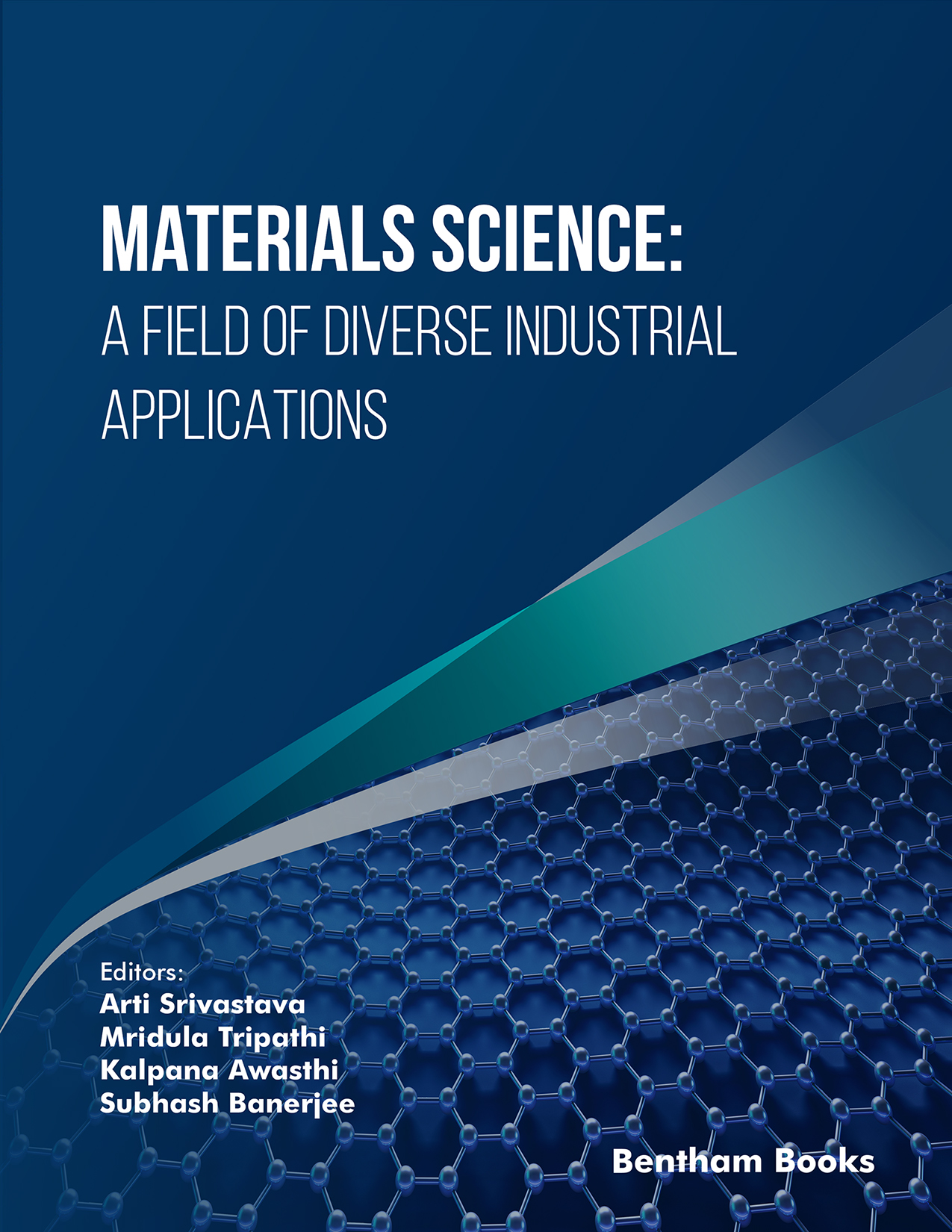Introduction
Materials Science: A Field of Diverse Industrial Applications provides a comprehensive overview of recent developments in new materials and their applications across various fields. With ten chapters from reputed experts in materials chemistry, the book covers a wide range of topics including thin-film nanomaterials (including chalcogenide, zinc oxide and barium fluoride thin films), multiferroic nanoceramics, synthetic nanofibers, and polymer electrolytes. The content is divided into three sections, covering modified materials, functionalized nanomaterials, and the role of nanomaterials and modified materials in waste removal, chemical synthesis, and energy production.
This book is an essential resource for researchers, scientists, and professionals in materials science, nanotechnology, and related fields who want to stay updated with recent advancements and their industrial applications. It also serves as a reference for advanced materials science courses.
Audience:
Researchers, scientists, students and professionals in materials science, nanotechnology, and related fields who want to stay updated with recent advancements and their industrial applications.

